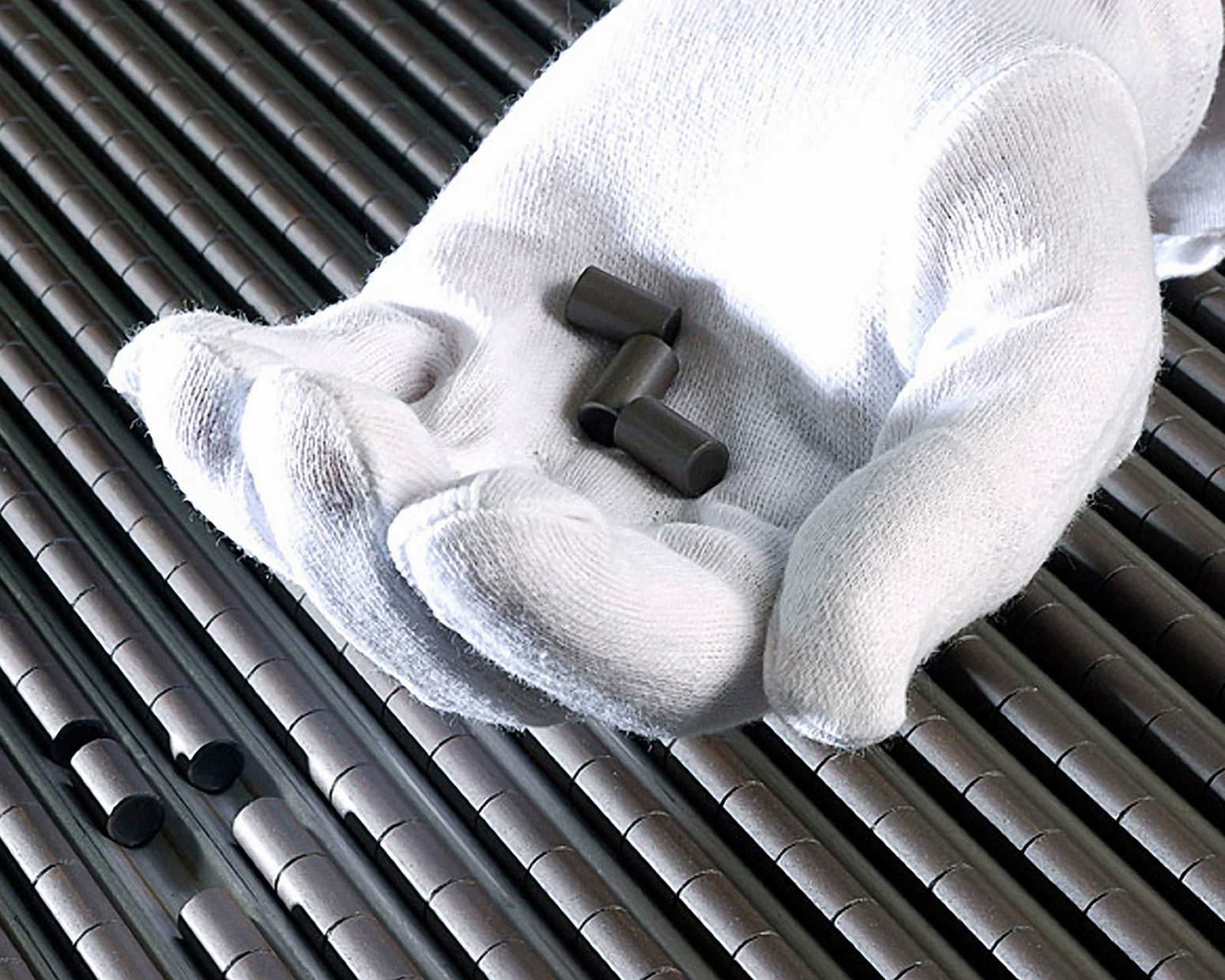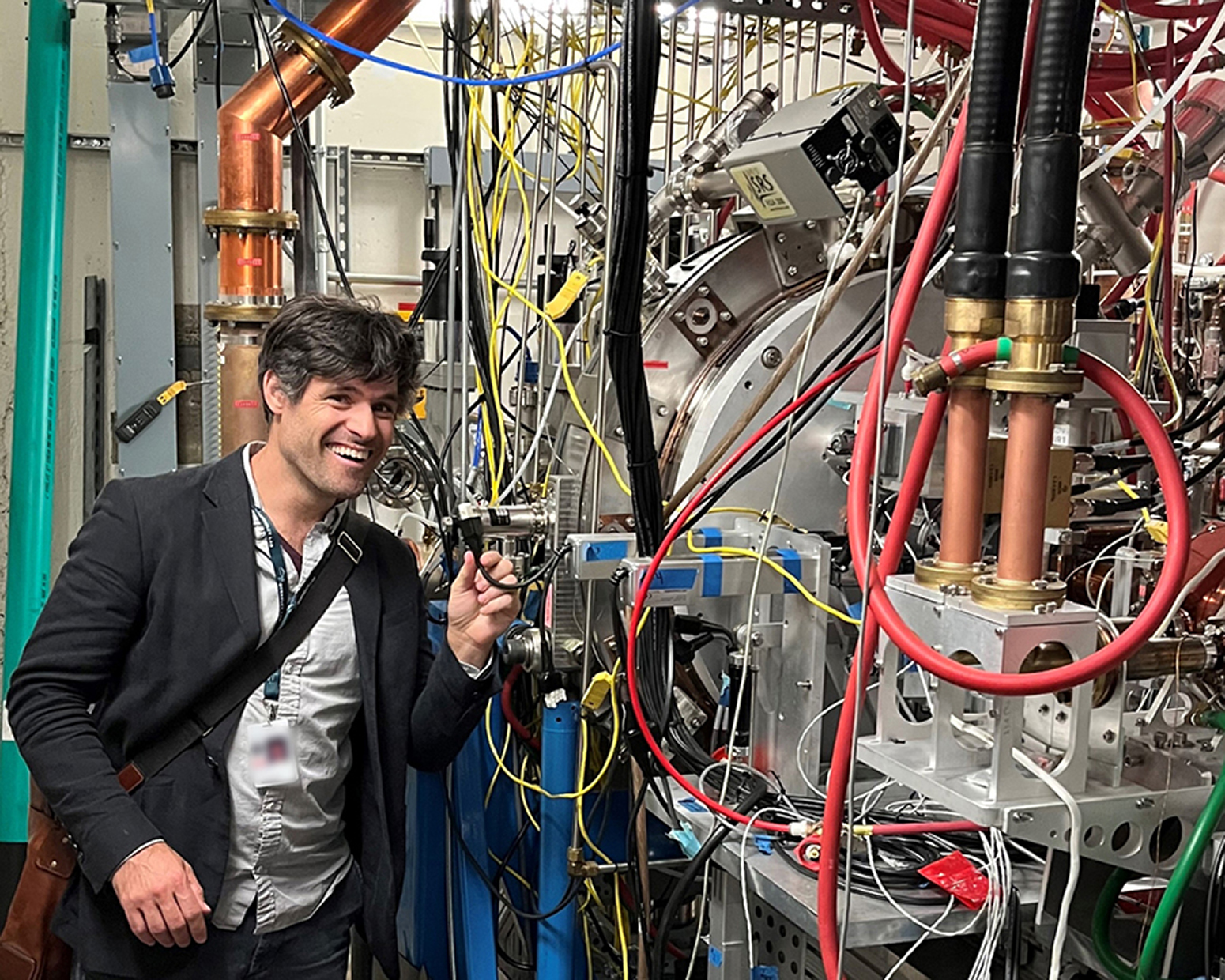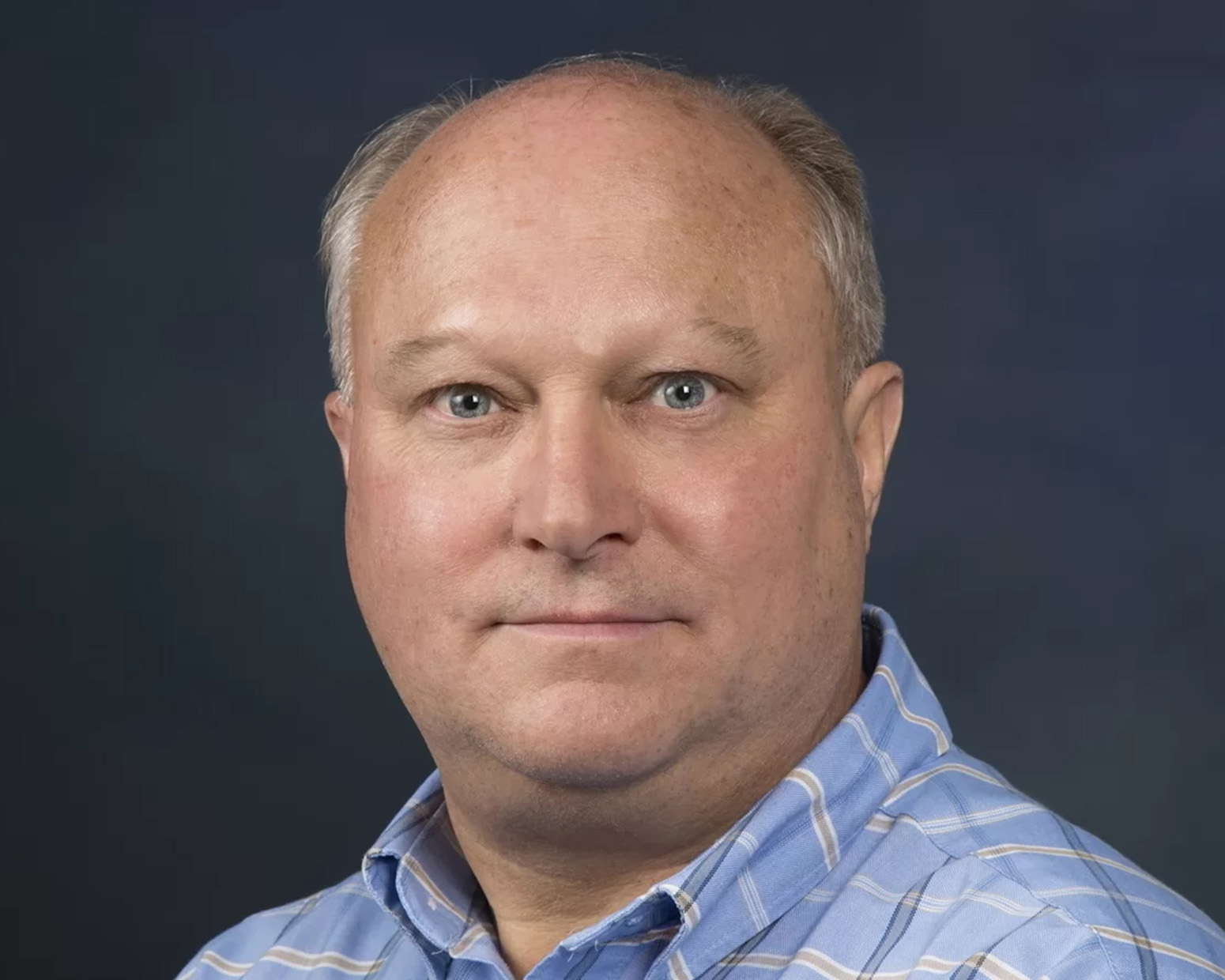Can earthquakes hide underground explosions?
Depending on scale, a new paper suggests they might

New research from Los Alamos National Laboratory shows that earthquakes could obscure seismic signatures from nuclear testing in some scenarios.
Why this matters: It is possible for a natural seismic event to mask human-caused explosions at a small range.
- The research shows that the test case, which is a 1.7-ton buried explosion with the presence of background noise, had a 60% drop in detection rate with the addition of earthquake interference.
- Earthquake swarms can further reduce the rate of detection.
- Since there are relatively few explosion datasets that also have the presence of natural seismic signals, this paper is a step toward filling a research gap.
How it works:
- To compare seismic signals, the researchers used data from an International Monitoring System seismic array and from previous explosion experiments conducted at the Nevada National Security Sites.
- The team collected results in two separate one-month time periods in 2019, both of which included background noise.
- For an earthquake to hide an explosion, two conditions must be met. First, the explosion must be small enough that it is only detectable at a single array. Second, the explosion is contained so that traceable byproducts such as radionuclides do not leak out from the underground explosion site.
Funding: National Nuclear Security Administration, Defense Nuclear Nonproliferation Research and Development
LA-UR-25-24868





